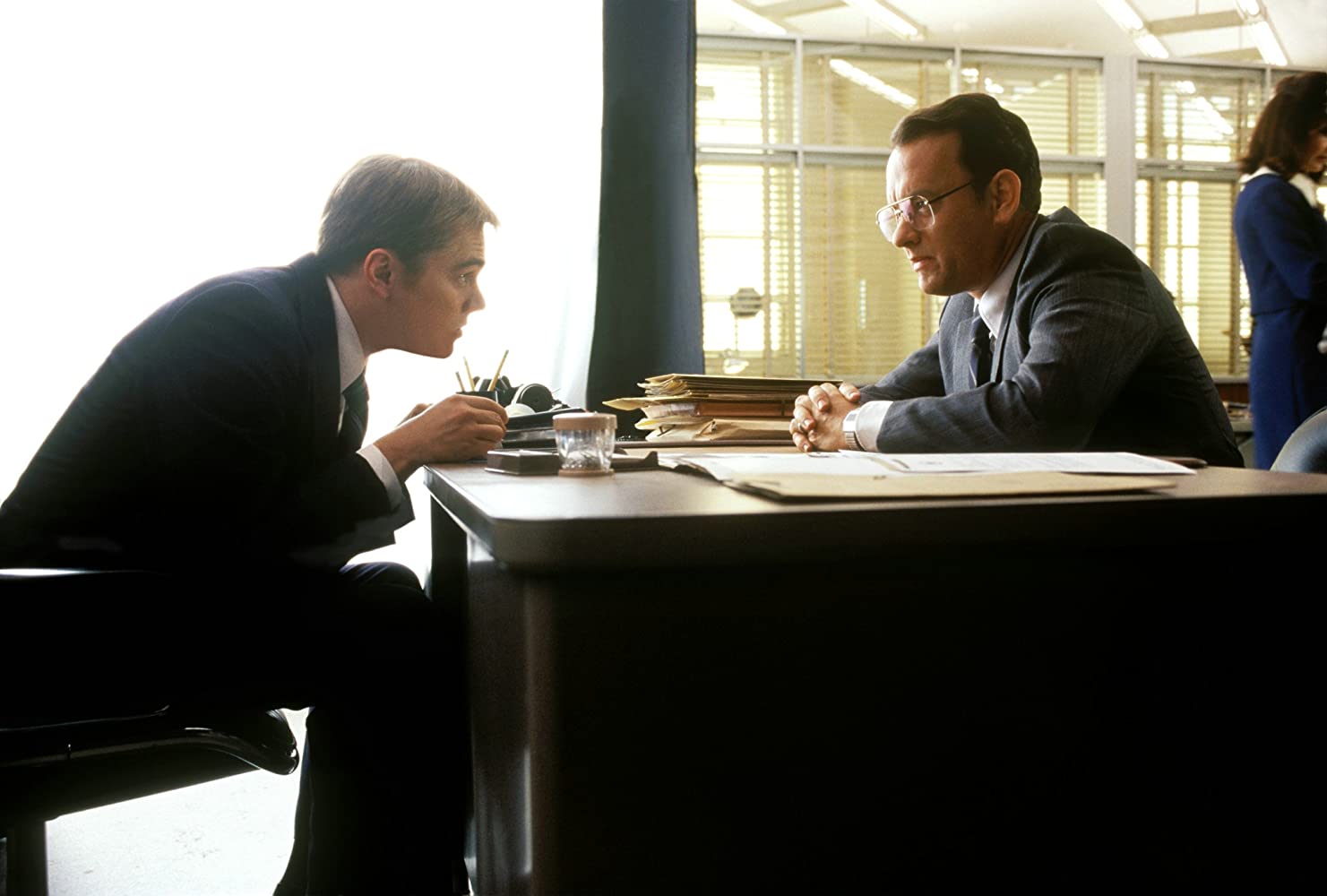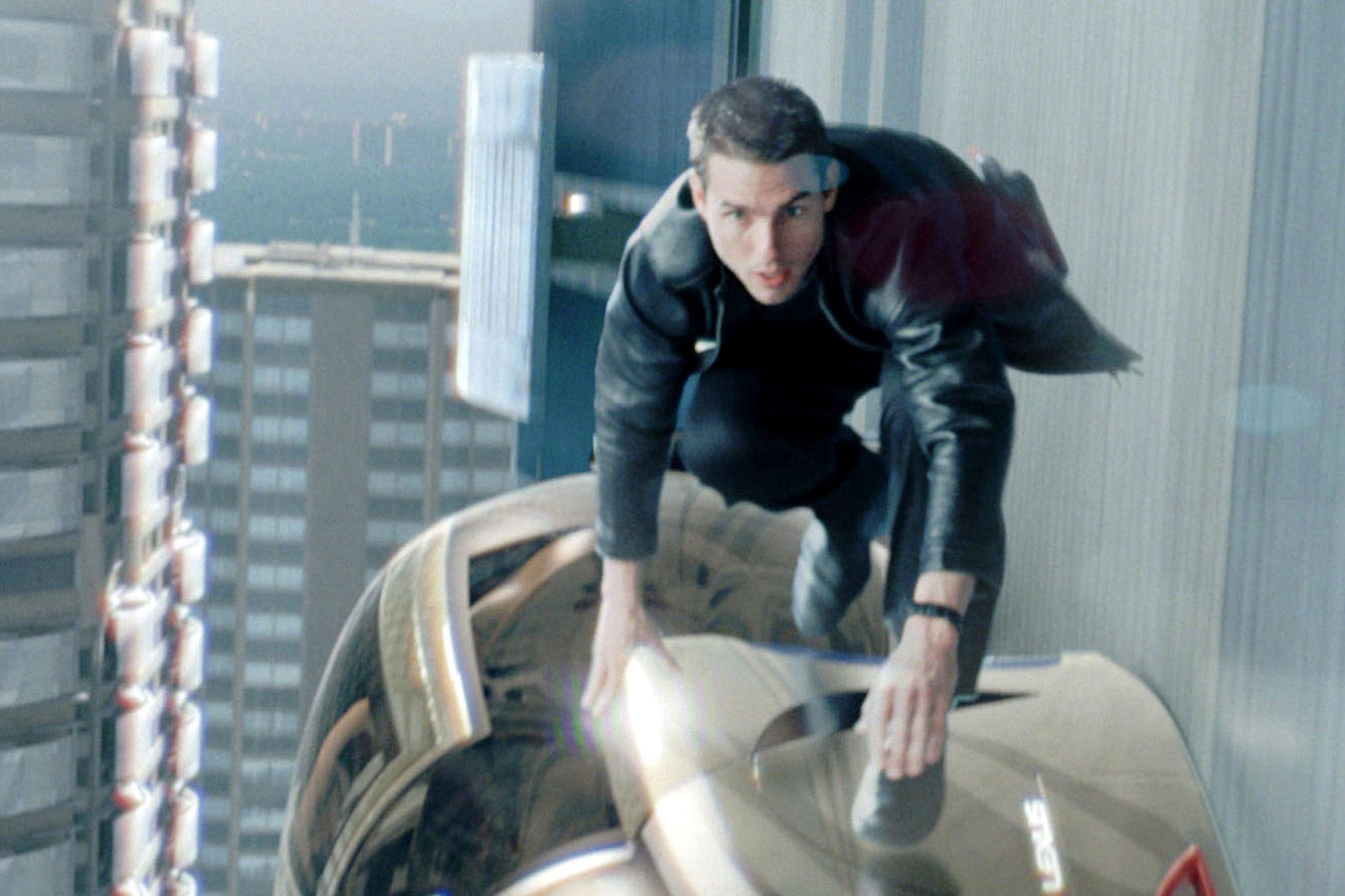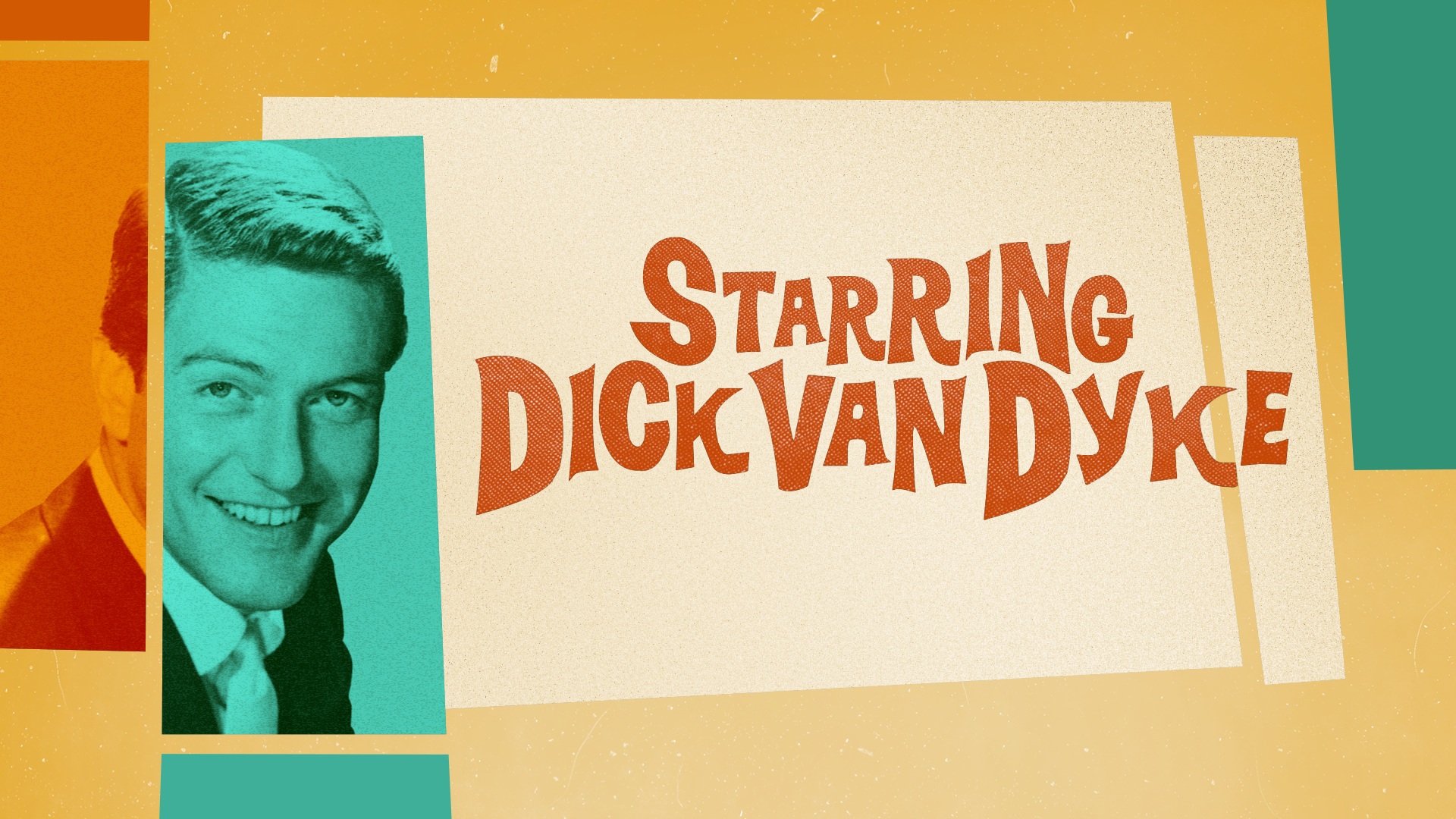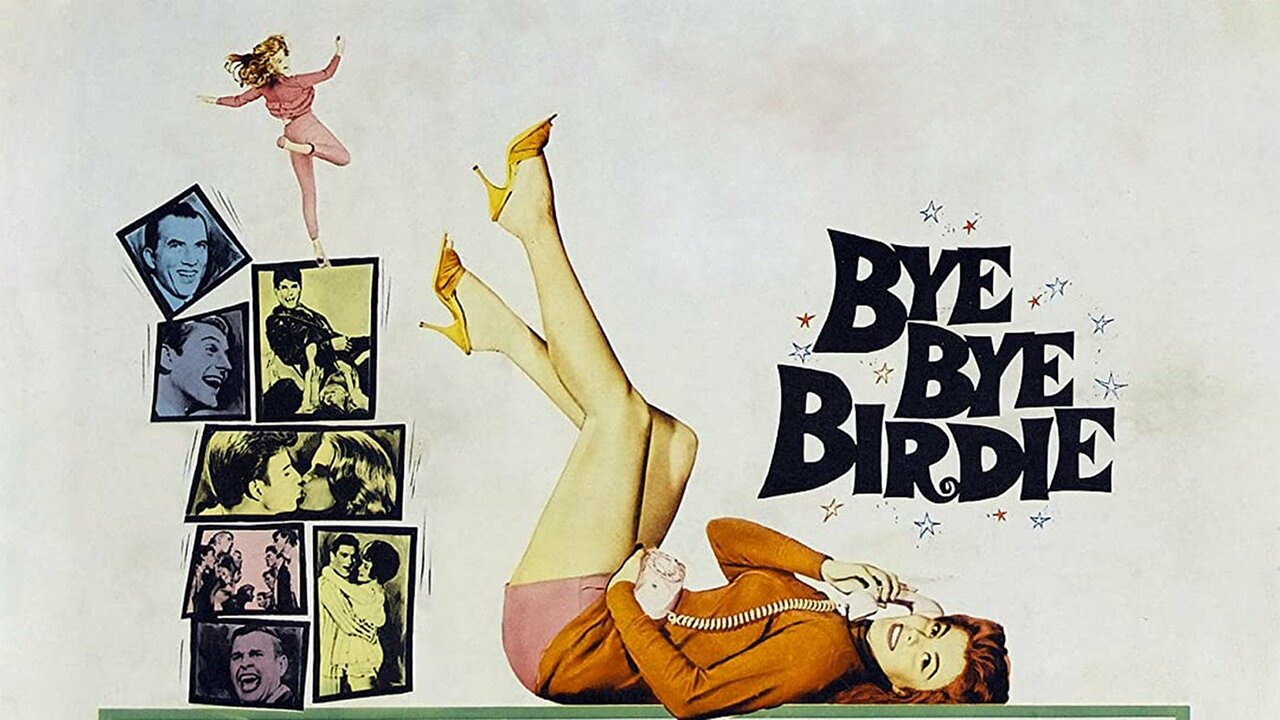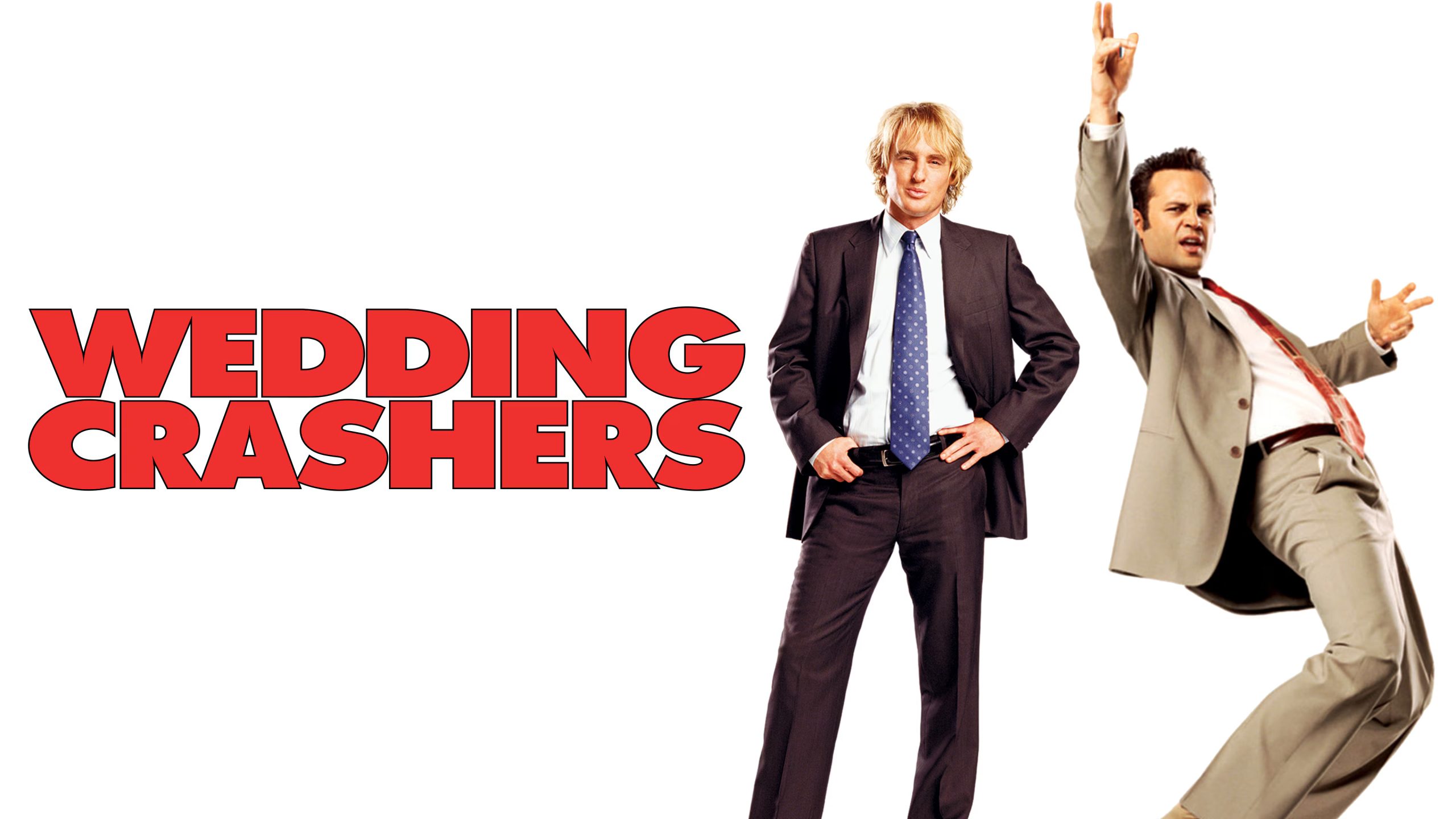
As awards season kicks into full gear, the Academy has declared Apollo 10 1/2 ineligible for its Best Animated Feature category.
The news comes by way of IndieWire and features filmmaker Richard Linklater’s letter to the Academy. Linklater is in the right for speaking out because rotoscoping is a legitimate form of animation. The Academy is penalizing his film at a time when so many films are using CGI to animate their films. Nothing against CGI animation but how does the Academy allow those films while not allowing rotoscoping. It’s unfair and is another stain on the Academy after last year’s disastrous Oscars ceremony.
It’s interesting that the news is only coming out now. A few weeks ago, I was discussing the silence surrounding Apollo 10 1/2 and the conversation for Best Animated Feature. To say that the buzz is is not there wouldn’t be an understatement. It is more like the fact that nobody was really talking about the film and certainly not in my circles. I wrote a tweet in late July and it got some response, including one actor/filmmaker learning that there had been a new Linklater film that he had never heard of.
https://twitter.com/DanielleSATM/status/1551659150110851079
The Academy’s reasoning for the film’s ineligible is in the use of live-action footage. I’ve seen the film and there is no live-action footage in the film. Instead, they only use live-action footage for reference while animating the film. Animation director Tommy Pallotta told Indiewire that “the only rotoscope in the film is the outline of the characters.” It is clear that the Academy has failed in this situation. Using their own reasoning, a film like Walt Disney’s Snow White and the Seven Dwarfs wouldn’t be eligible because of its use of rotoscoping. You don’t have to look far to see the history of rotoscoping in animation.
In his letter, Linklater writes:
We entirely reject the outdated and discriminatory notion that, in an industry dominated by the technical advancements in big budget CGI 3D films, some traditional animation techniques are less pure or authentic even after they meet the technical requirements for consideration.
Netflix takes viewers behind the scenes of the film’s animation in the following featurette:
The film’s ineligibility leads to a larger conversation about animated film in that it is not just children’s entertainment. While the film is family-friendly, there are things in this film that would never show up in animated fare from Disney, Pixar, DreamWorks or Illumination. Outside of Netflix, how many studios are willing to take a risk on this fare? When it comes to animation, the films generally work in two ways. Can families leave their kids sitting in front of the screen and is this a film that has a chance at winning the Academy Award for Best Animated Feature. It’s why I still remain bummed that The Mitchells vs. The Machines didn’t win the category last year. It wasn’t just the best animated film of the year but one of the best films of the year…period.
While Apollo 10 1/2 is currently ineligible for the Academy’s Best Animated Feature category, it’s still eligible for same category in this year’s edition of The Solzy Awards for Film. Here’s to hoping Linklater, Netflix, and company win their appeal.
Apollo 10 1/2 is currently streaming on Netflix.
Please subscribe to Solzy at the Movies on Substack.
